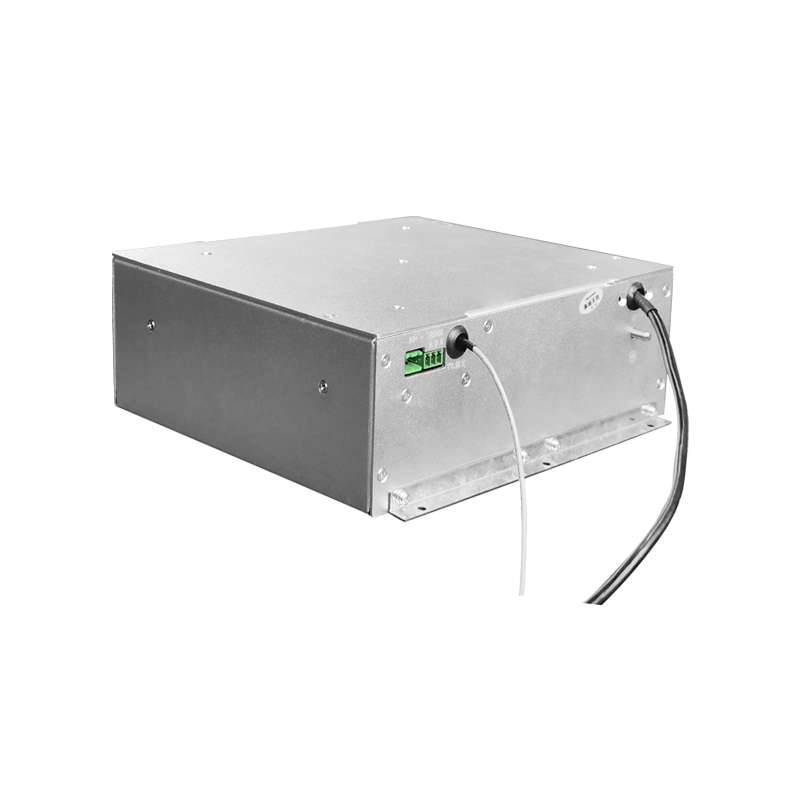Selection and Maintenance Strategy of High Voltage Power Supply for X-ray Tubes
I. Introduction
As an indispensable key component in the field of modern technology, X-ray tubes are widely used in medical treatment, industrial inspection, scientific research, and other fields. Whether its performance is stable or not directly affects the normal operation and work efficiency of related equipment. As the core power supply device of X-ray tubes, the selection and maintenance strategy of high voltage power supply is particularly important. From a professional perspective, this article will discuss in detail the selection points and maintenance strategies of high voltage power supply for X-ray tubes, in order to provide useful references for practical applications in related fields.
II. Selection of High Voltage Power Supply for X-ray Tubes
(I) Power Demand Analysis
When selecting a high voltage power supply, the first thing to consider is the power demand of the X-ray tube. Different models of X-ray tubes have different power demands. Therefore, it is necessary to accurately calculate the required power range according to the specific application scenario to ensure that the selected high voltage power supply can meet the normal working needs of the X-ray tube.
(II) Voltage and Current Stability
The stability of voltage and current is crucial for the normal operation of X-ray tubes. Excessive or too low voltage and current fluctuations can lead to a decline in the performance of X-ray tubes or even damage. Therefore, in the selection process, we should focus on the output voltage range, current adjustment range, and ripple coefficient of the high voltage power supply to ensure that it can provide stable and reliable power supply.
(III) Safety Protection Performance
Considering the particularity of X-ray tubes, high voltage power supplies must have perfect safety protection functions. This includes various protection mechanisms such as overcurrent protection, overvoltage protection, and short circuit protection to ensure that the power can be cut off in time in case of abnormal situations to prevent equipment damage and personal injury.
(IV) Heat Dissipation Performance Evaluation
High voltage power supplies generate a lot of heat during operation. If the heat dissipation is poor, it will seriously affect their service life and stability. Therefore, when selecting, we need to fully consider the heat dissipation performance of high voltage power supplies, including heat dissipation methods and heat dissipation efficiency, to ensure that they can maintain good working conditions during long-term operation.
III. Maintenance Strategy of High Voltage Power Supply for X-ray Tubes
(I) Regular Inspection and Cleaning
Regular inspection and cleaning of high voltage power supplies are the keys to ensuring their normal operation. We should focus on checking whether the power cord connection is firm, whether the cooling fan rotates normally, etc., and timely clean up the dust and debris on the surface of the power supply to maintain good heat dissipation effect.
(II) Preventive Maintenance Plan
Formulate a reasonable preventive maintenance plan, including regularly replacing aging components, checking insulation performance, etc., to reduce equipment failure rate and extend service life.
(III) Fault Troubleshooting and Handling
Once a fault is found in the high voltage power supply, it should be shut down immediately for troubleshooting. According to the fault phenomenon and combined with professional knowledge and experience, judge the cause of the fault and take corresponding measures. For faults that cannot be solved by themselves, professional maintenance personnel should be contacted in time for repair.
IV. Conclusion
In summary, the selection and maintenance strategy of high voltage power supply for X-ray tubes is of great significance to ensure the stable operation of X-ray tubes. In the actual application process, we should select reasonably according to specific needs and formulate scientific maintenance strategies to ensure the continuous and stable operation of equipment.




















